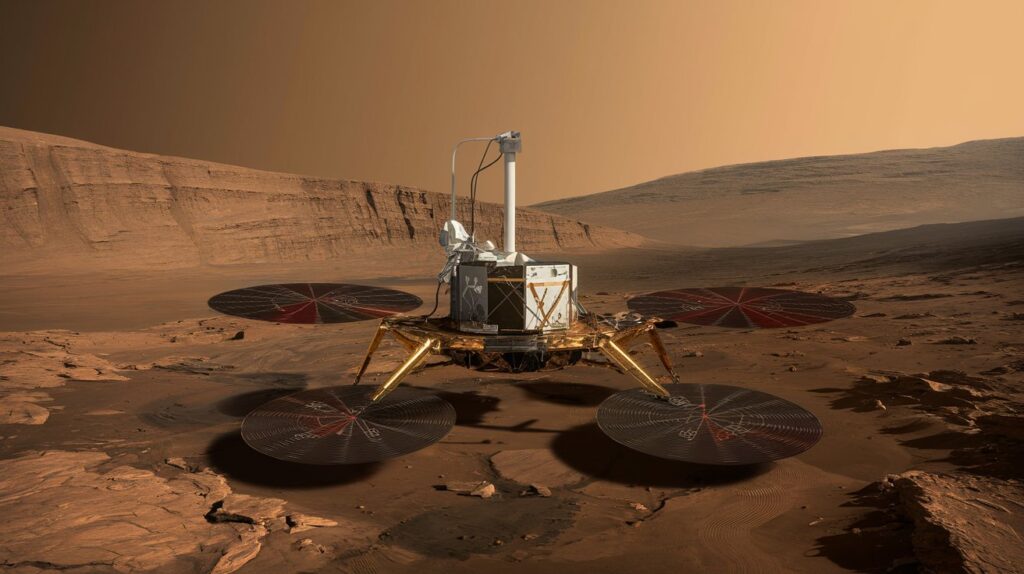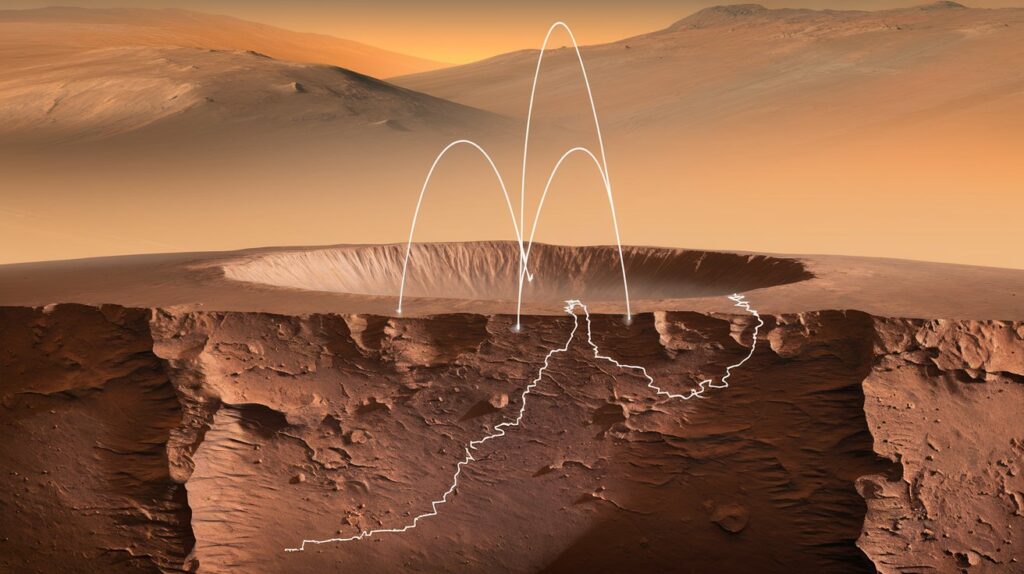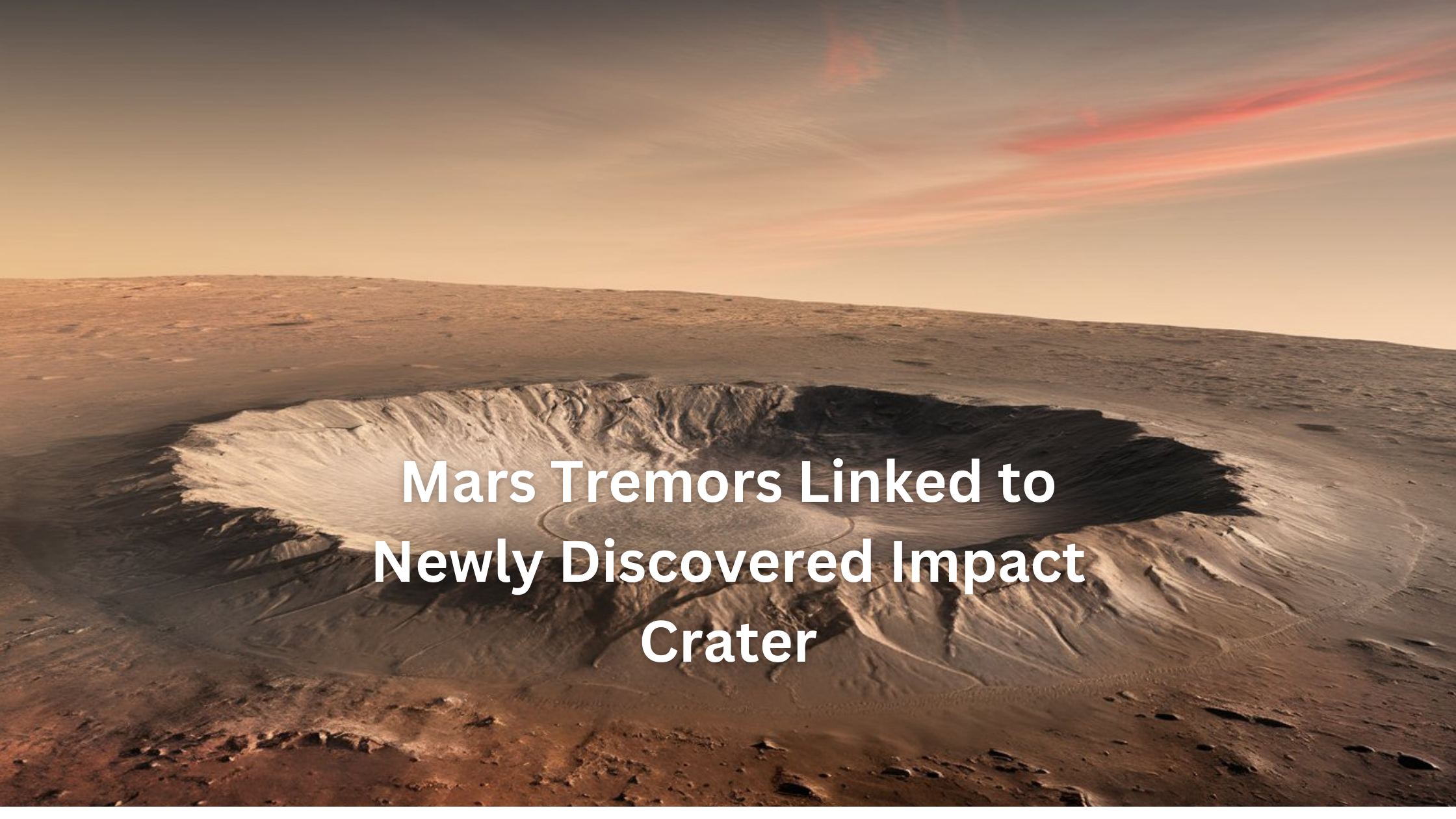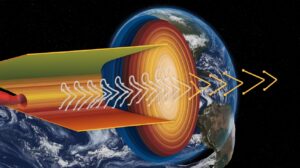Mars Tremors Linked to Newly Discovered Impact Crater
The mesmerizing planet Mars has long been the subject of exploration and intrigue. Recently, scientists uncovered a significant connection between the planet’s tremors and a newly discovered impact crater. This revelation could transform our understanding of Mars’ geological activity and its potential for past water presence. In this article, we will delve into the details of this discovery and its implications for future Mars exploration.
Table of Contents
Understanding Mars’ Geological Activity
Mars, often referred to as the “Red Planet,” exhibits various geological features that hint at its dynamic history. The planet is known to have experienced:
Volcanic activity
Seismic activity
Crater formations Potential liquid water flows in its past
While various geological phenomena have been documented, the recent identification of a relationship between tremors and impact craters offers new insights into the planet’s activity below its surface.
The Discovery: An Unexpected Link

The newly discovered impact crater is located in the northern hemisphere of Mars and spans approximately 22 kilometers in diameter. It was formed by a collision with a meteorite, the event of which sent shockwaves through the Martian surface, causing tremors that manifested in various ways.
Key highlights of the discovery include:
The crater is about 10 million years old, suggesting recent geological activity compared to Mars’ overall timeline.
The presence of seismic activity around the crater indicates a potentially active geological environment.
Data from NASA’s InSight lander, which monitors seismology on Mars, corroborates the connection between crater formation and tremors.
The Mechanisms Behind the Connection

Understanding how impact craters influence Martian tremors requires examining the mechanisms involved:
1. Seismic Waves: When an impact occurs, it generates seismic waves that travel through the planet’s crust. These waves can produce localized tremors detectable by seismometers placed on Mars.
2. Structural Weakness: The formation of a crater may create structural weaknesses in the surrounding rock, rendering it more susceptible to subsequent seismic activity or other geological processes.
3. Thermal Effects: The impact may also induce temperature changes in the Martian crust, leading to expansion and contraction that can generate tremors.
The Importance of Understanding Martian Tremors
Understanding Martian tremors is more than just a scientific curiosity; it has broader implications for future exploration missions:
Assessing Habitability: Continuous tremors may suggest geological activity that could involve past water presence, crucial for assessing the potential for life.
Engineering Challenges: Future landers and rovers must be designed to withstand seismic activity, ensuring the safety and success of exploration missions.
Climate Insights: The study of tremors can provide insights into the planet’s climate history and the potential for climate changes over time.
Future Exploration and Implications
This new understanding of Mars’ seismic activity is set to refine future exploration missions. NASA’s long-term goals for Mars exploration include:
Further analysis of the newly discovered crater and surrounding regions through orbiters and rovers.
Deploying more sophisticated seismography instruments to map out seismic activity across the planet.
Investigating the potential for habitability and signs of past life linked to the geological activity indicated by tremors.
By harnessing the latest technology and data, researchers aim to piece together the enigma of Mars and its history more accurately.
Conclusion
The discovery of a connection between Martian tremors and the newly identified impact crater represents a significant leap forward in planetary science. As scientists continue to explore the geological activity of Mars, the findings may shed light on critical questions concerning the planet’s potential for supporting life and its geological evolution.
In summary, by decoding the mysteries of Martian tremors, scientists invite us to rethink the Red Planet’s history, pushing the boundaries of our understanding of not just Mars, but the possibilities of life beyond Earth. Future missions stand to provide even more exciting revelations as we continue our quest into the cosmos. [USnewsSphere.com]





